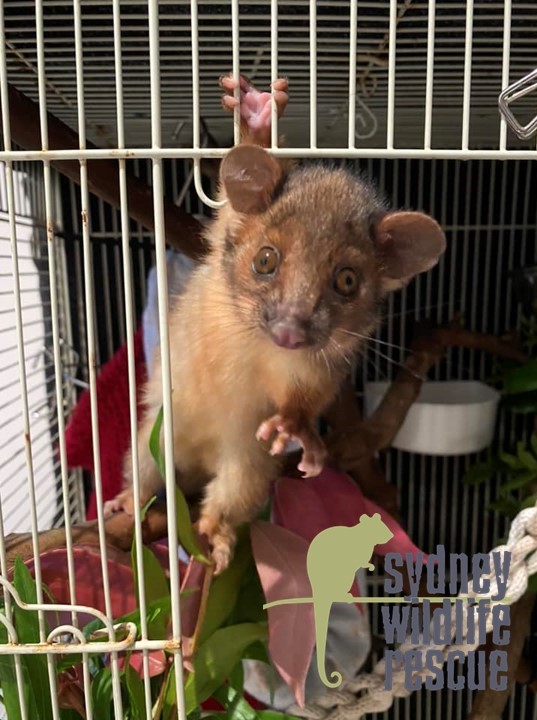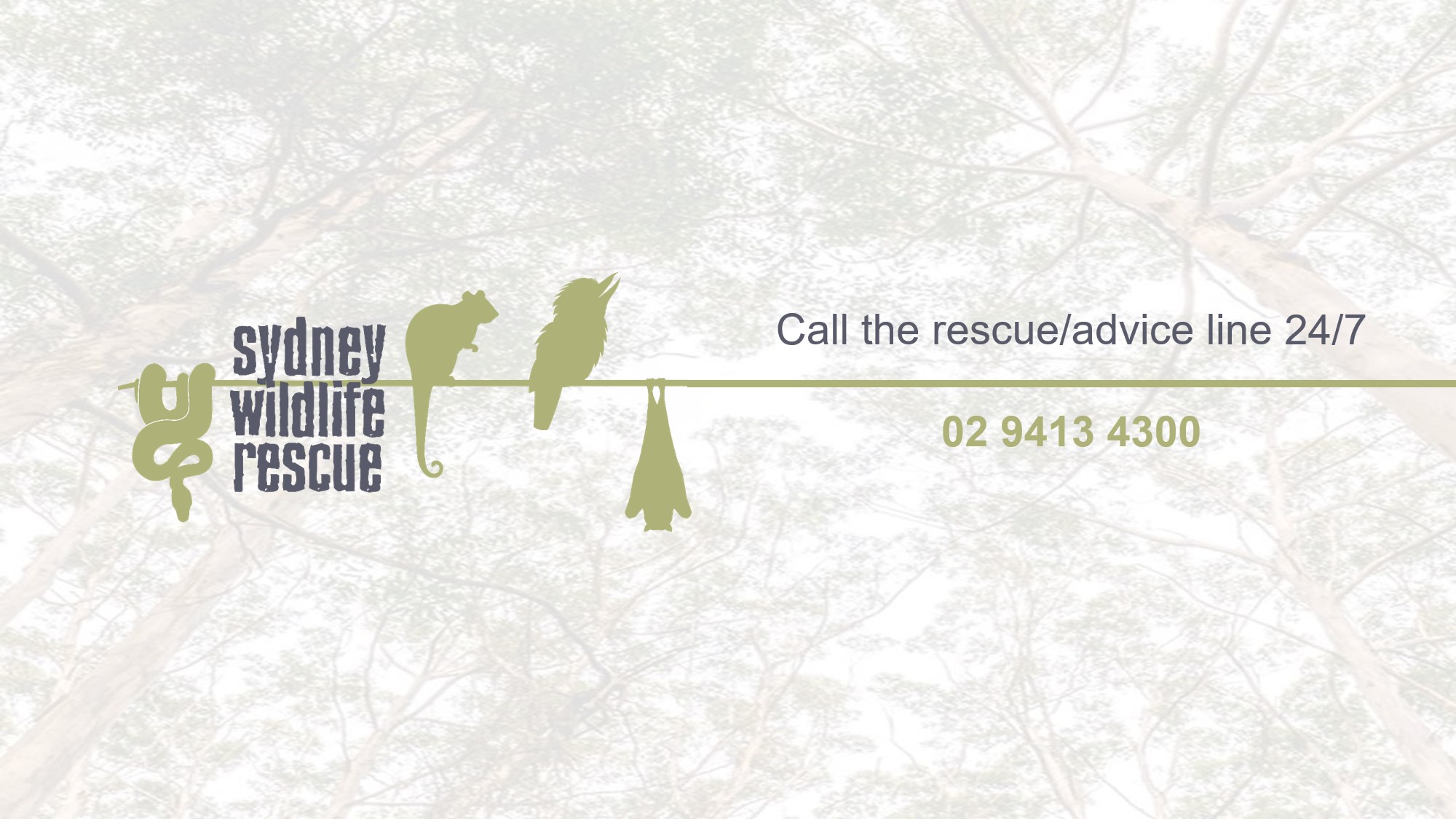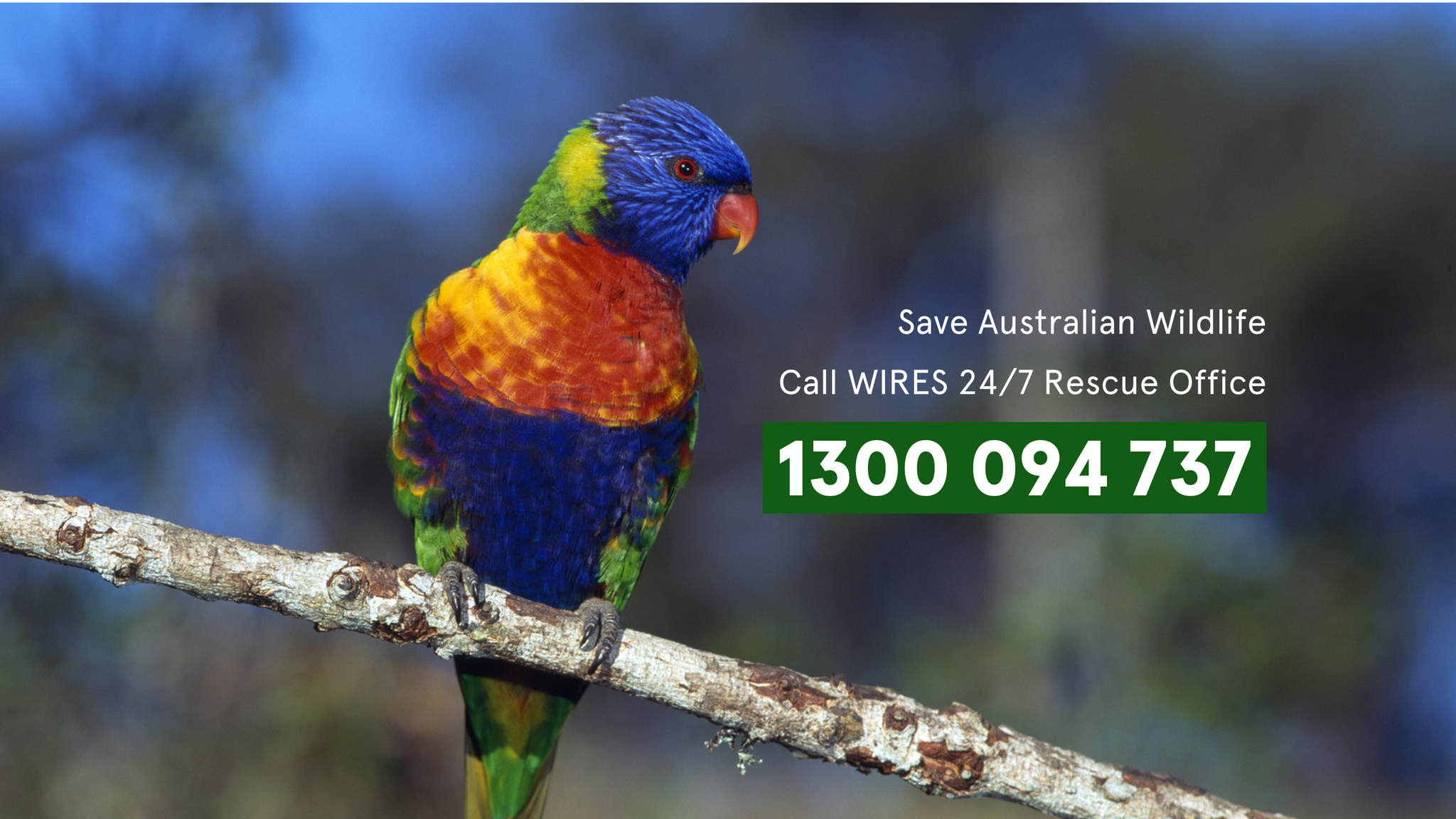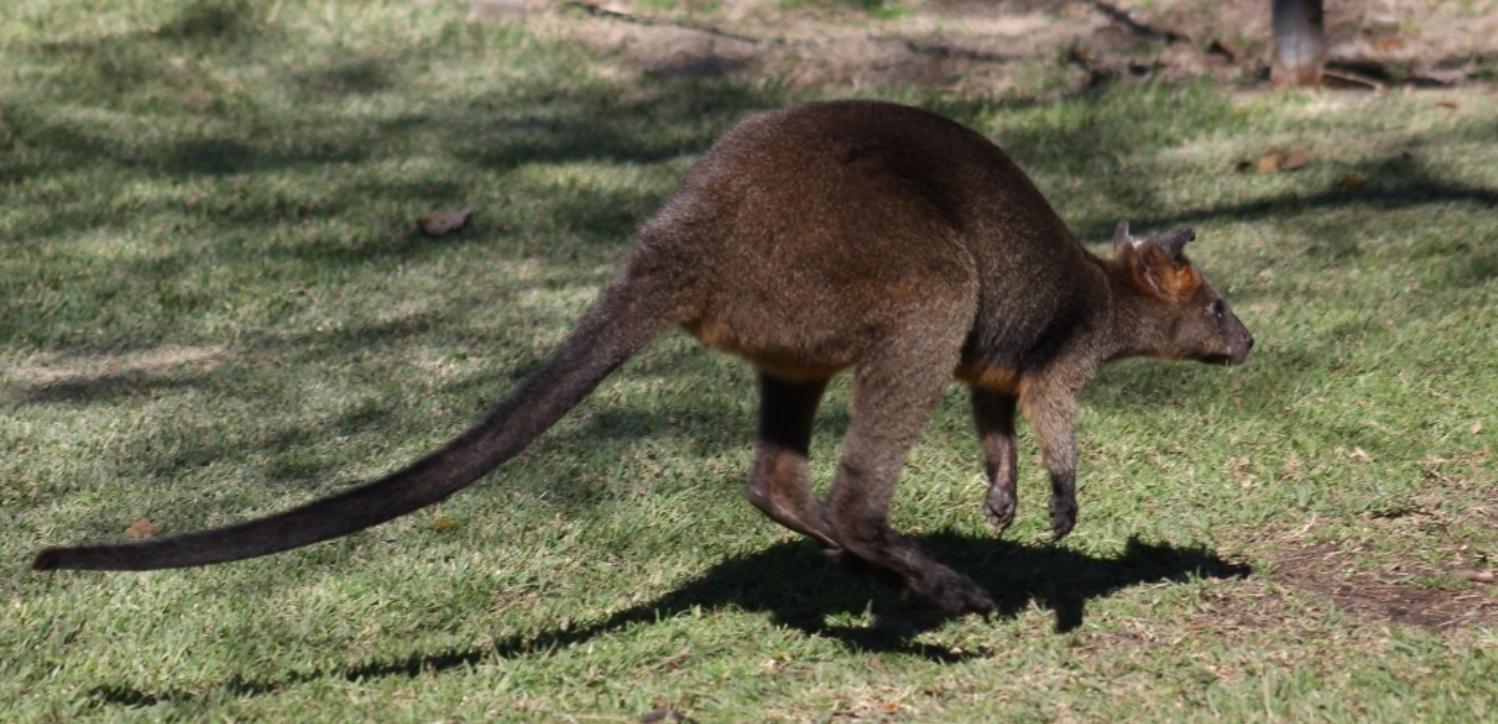Wildlife are NOT Pets: Volunteer Carers - NSW NPWS Issue plea to surrender found wildlife to trained registered carers
 Authorities are reminding NSW residents they must not attempt to take care of an injured, sick or orphaned native animal, instead they must ensure the animal is given the correct medical treatment by a vet or qualified carer.
Authorities are reminding NSW residents they must not attempt to take care of an injured, sick or orphaned native animal, instead they must ensure the animal is given the correct medical treatment by a vet or qualified carer.- a licensed wildlife rescue and rehabilitation group in the local area or, if it is a marine animal, a group who can help with an injured or sick marine animal.
- the nearest vet in the local area.
- the nearest National Parks area office.
- Cover the animal with a towel or blanket.
- Try to keep the animal calm and safe by placing it in a cardboard box or covered cage if you are able. Ensure the box or cage is secure so the animal can't escape.
- Put the box in a quiet undisturbed dark place and do not offer any food or water unless advised by a vet or wildlife rescuer.
- If it is an orphaned young animal or a bird, it will need to be kept warm.
- Keep any pets and people well away from the area to reduce stress from sight, noise or handling.


Wildlife laws could be overhauled in Queensland after the saga of Molly the magpie, a bird kept by former wildlife carers to make money from through an Instagram page and products/ books sold, sparked a national uproar.
A review of nature laws could allow Queenslanders, due to have a state election this October 26 2024, to acquire licences to care for native animals that are deemed “unsuitable” to be returned to the wild.
Queensland’s Environment Minister Leanne Linard confirmed on May 1 2024 to Yahoo News she had asked her department’s Director General to undertake an eight-week review of the Code of Practice that governs the care of injured, sick and orphaned animals.
“As the current Code of Practice has been in place for more than three years, and its operation has been tested in that period, it is [time] for a detailed review to consider its effectiveness, useability and completeness. In particular, lessons learnt from recent cases will be considered as part of the review,” she said.
Molly was taken from a Gold Coast couple because the Department of Environment (DESI) determined it was unsuitable to live as a wild bird because it was “highly habituated” to humans and likely had “developmental issues”. With the Peggy and Molly accounts attracting a following of over two million people across Instagram, Facebook and YouTube, there was never any thought the bird would be euthanised and plans were made to place it in a sanctuary.
But the case uncovered a separate instance of birds that weren’t so lucky. This involved a native white raven and exotic eclectus parrot that had been cared for by Twinnies Pelican and Seabird Rescue for five years, which were surrendered due to a paperwork error and then destroyed by DESI on advice from vets.
The Twinnies case resulted in their local member Jason Hunt rushing to their house to break the heartbreaking news, and he then wrote to Linard asking her to intervene.
“With the recent cases of Molly the Magpie and the white crow and eclectus parrot cared for by Twinnies Pelican and Seabird Rescue, and following representations made by the Member for Caloundra, I asked the Director-General of my Department to undertake a review into the settings for the care of injured, sick and orphaned animals under the Nature Conservation Act 1992 and associated regulations and the Code of Practice,” Linard said.
“The Director-General has proposed that Queensland’s Chief Scientist undertake the review, supported by a panel of experts to provide a range of scientific input into the process.”
While Molly the magpie's followers were overjoyed by its return, many wildlife rescuers have been concerned Premier Steven Mile's intervention could lead Australians to believe its okay to take magpies and other wildlife home and raise them.
Linard said her review will focus on three aspects of the Code of Practice which include:
- The regulatory framework as it relates to the care of injured, sick and orphaned wildlife,
- The effectiveness, useability and completeness of the Code of Practice for injured, sick and orphaned animals, and
- The case for a new class of carer's licence for animals that are unsuitable to be rehabilitated and returned to the wild, but might otherwise be healthy.
However, on May 30 2024 the Queensland government released the following statement:
$500,000 in grants for passionate wildlife carers
By: Minister for the Environment and the Great Barrier Reef and Minister for Science and Innovation; The Honourable Leanne Linard
The Miles Government is making up to $500,000 in funding available for individuals and organisations who care for sick and injured native wildlife.
Grants of up to $10,000 are available to individual wildlife carers, with up to $25,000 available for wildlife care organisations.
People with a passion for caring for sick and injured native animals and releasing them back into the wild are encouraged to apply for funding to increase their capacity for rehabilitation services.
The funding will help existing or new wildlife carers and wildlife organisations with current and valid rehabilitation permits to provide services that generate the greatest benefit for Queensland’s sick, injured or orphaned wildlife.
Eligible applicants include individuals and not for profit organisations that:
- Hold a current Queensland rehabilitation permit as an individual wildlife rehabilitator or wildlife care group
- Are conducting or intend to conduct rehabilitation activities in accordance with their rehabilitation permit issued by the department.
The grants will cover training expenses, care equipment such as enclosures and shelters, hospital and feeding consumables, food and food preparation and storage equipment.
The Minister for the Environment and the Great Barrier Reef and Minister for Science and Innovation Leanne Linard has stated:
“Our wonderful wildlife carers and care groups provide a vital service to our native wildlife and the Miles Government is committed to supporting them.
“This $500,000 investment under round eight of our Community Sustainability Action grants will increase the availability of expert help for sick and injured native animals across Queensland.
“This new funding with help our dedicated cares expand their capacity to support native wildlife rescue, rehabilitation and release to the wild.
“Our passionate wildlife carers will be able to purchase the necessary equipment to support the provision of acute, intermediate and pre-release care.
“Importantly, this funding will benefit wildlife rehabilitation across Queensland by helping train the next generation of wildlife carers.
“I have seen first-hand the vital work of Queensland’s passionate and dedicated wildlife carers, and I’m pleased this funding will allow them to continue caring for animals in need.
“Providing care for sick and injured animals can be a 24/7 responsibility and there is great joy when our wildlife carers release rehabilitated animals back into the wild.”
NSW Government Is Looking To The Future: Improving Wildlife Rehabilitation And Care
- challenges for the sector
- resourcing
- connections within the sector
- service gaps and duplication
- involvement in emergency response and significant wildlife events
- administrative and legislative provisions
- support for wildlife hospitals and veterinary practices.
